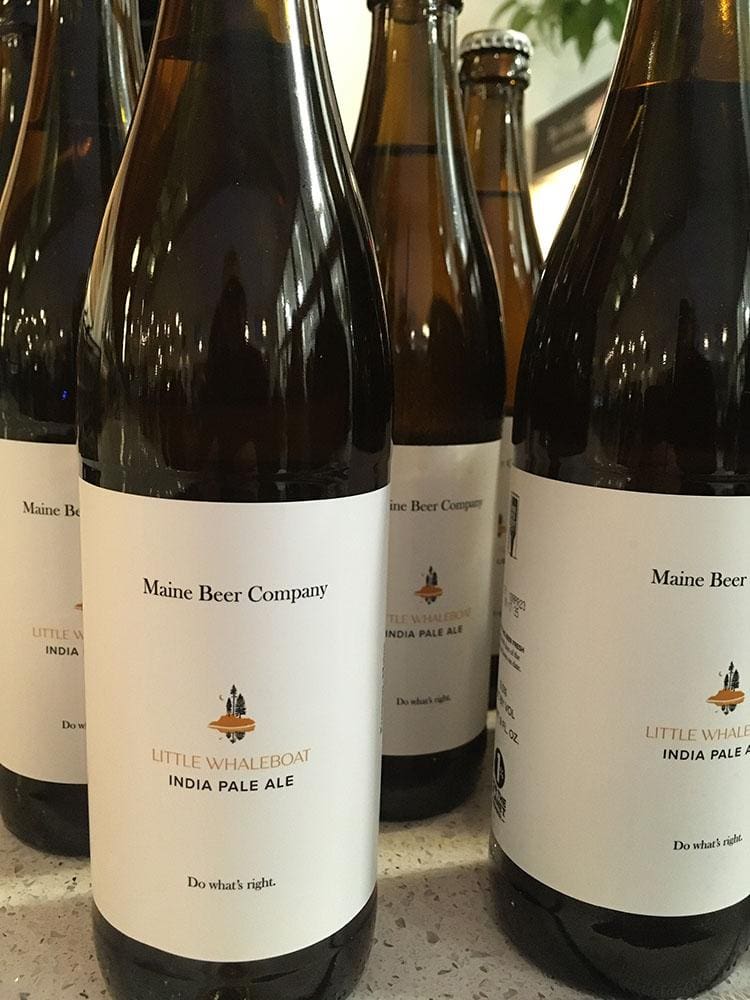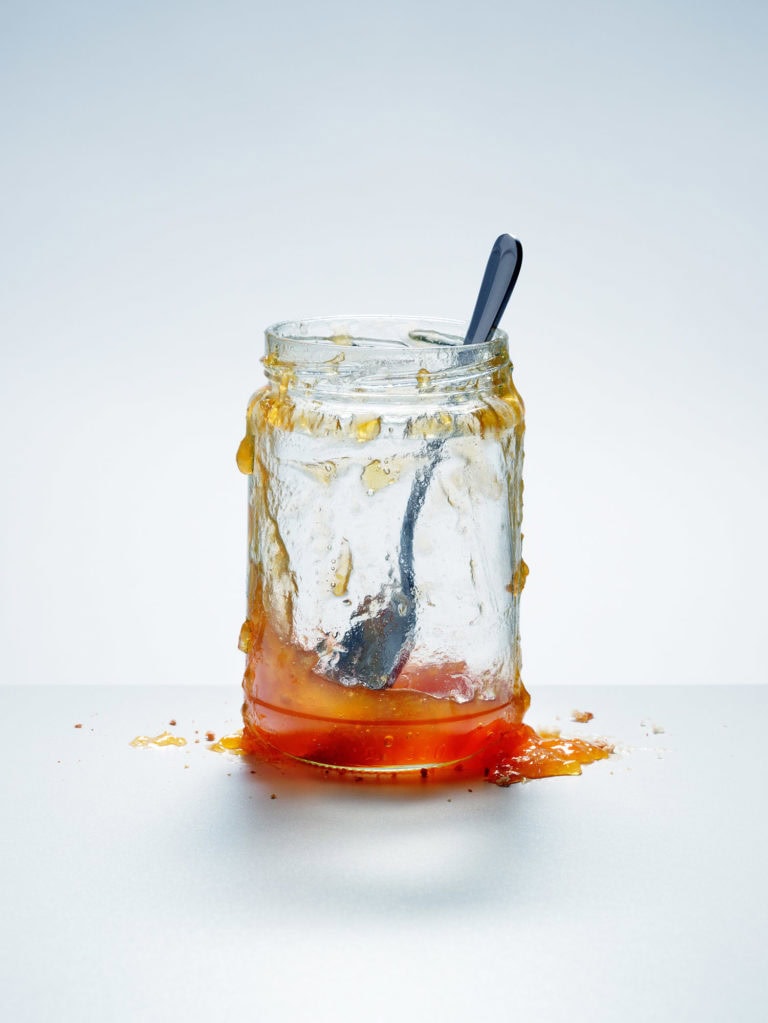In the ever-evolving environmental regulation saga, Maine again takes center stage with its audacious ballet against per- and poly-fluoroalkyl substances, those notorious “forever chemicals” that outstay even the longest Maine winter. The state’s latest pirouette, Public Law 2023, c. 630—charmingly titled An Act to Support Manufacturers Whose Products Contain Perfluoroalkyl and Polyfluoroalkyl Substances—introduces amendments that both dazzle and perplex.
First on the playbill: eliminating the much-anticipated general notification requirement, initially set for 2025. Manufacturers, once bracing for a bureaucratic performance, can now take a bow—this act has been cut. Instead, the spotlight shifts to a series of sales bans, each with its own opening night, targeting products with intentionally added PFAS.
The curtain rose in 2023, banning the sale of carpets, rugs, and fabric treatments laced with PFAS. Next up, as of 2026: cleaning products, cookware, cosmetics, dental floss, juvenile products, ski wax, and upholstered furniture. Notably, even PFAS-free products aren’t safe if packaged in fluorinated containers—a plot twist worthy of its own drama.
By 2029, artificial turf and outdoor apparel for extreme wet conditions must either shed PFAS or carry a scarlet-letter-style warning: “Made with PFAS chemicals.” The grand finale arrives in 2032, when the curtain falls on all products containing intentionally added PFAS—except for those granted a coveted “currently unavoidable use” (CUU) exemption by the Department of Environmental Protection.
While the stakes are high and the script complex, Maine’s performance ultimately seeks a standing ovation for public health and environmental safety—one act at a time.













